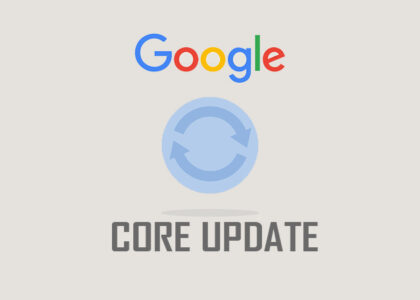Do you depend on traffic from search engines? In that case, you must be aware that conversion optimization begins much before you enter the site. Wondering what these sitelinks are? For a majority of sites, a brand query typically leads to the generation of sitelinks. These sitelinks may expand, allowing users to explore different segments of your site and all this happens even before clicking the link.
These shortcuts also called sitelinks make the user experience seamless and take the visitors to any place they want to go. So, sitelinks are referred to as links to other pages and what you often come across under the search results of Google. They are one of the commonest search elements appearing in over 1.7% of SERPs. Almost all branded trends have sitelinks appearing in several other queries, including those that are informational.
Types of sitelinks
You are familiar with what is sitelinks to a great extent and now it’s time to sneak into different types of sitelinks. Here are the types of sitelinks you need to know about.
- Organic one-line sitelinks
- Paid sitelinks
- Organic sitelinks
- Organic Sitelinks search box
The organic sitelinks are visible on different types of search queries. You may typically get up to 4 sitelinks but variation allows for showcasing additional sitelinks in the carousel. These one-line sitelinks migrate to other pages of a site, appear in the content directly and present within pages leveraging fragment links. With the help of the search box in sitelinks, users can switch to the search results of a website.

You have paid sitelinks with URLs and anchor text to be controlled as part of marketing campaigns. One of the major distinctions between other types of sitelinks and paid sitelinks is the text and the URL of the ads on display.

Organic sitelinks are those appearing for sites with top ranking and show other pages associated with the main site.

The sitelinks search box is the tool that helps users get the search results instantly for the app or website they are looking for. But those are applicable for branded products only and Google adds them automatically. If you want to help the audience get a better view of your site and what it is all about, add structured data for the sitelinks search box to the home page of your site but it’s not necessary and does not increase the probability of the search box to appear in the search results.

How to stimulate sitelinks?
Can you change sitelinks in the organic search results? No, the generation of sitelinks is algorithmic. Here is how you need to stimulate sitelinks.- Internal links
- Noindex
- Site structure
- Remove sitelinks
- Stick to user relevance
- Several one-line sitelinks have similar content as the heading of that page. You can also add a table of content in the post to add more context.
- Although it may or may not be true the terms and phrases that appear on the search more frequently may appear as sitelinks more often.
- Owning the brand name
- Choosing informative anchor text with semantic variations
- Label the irrelevant pages to ‘noindex’
- Strengthen the internal links
Remember how your web pages have a link to other pages and the anchor text stimulated the sitelinks? A similar kind of mechanism goes when links are present on the breadcrumbs and the page.
The noindexing pages usually remove them from appearing in the sitelinks and only rarely comes as useful.
The architecture of your website has a lot of say in how the sitelinks will show. Suppose you have a flat architecture. In that case, Google may rely on other signals to display the sitelinks.
Are you not keen on displaying the sitelink search box? All you need is adding a tag to the homepage.
Are you aware of what benefits the users?
Not even a handful of popular brands would be ready for this one but picking a new brand name helps in avoiding direct competition with various other sites. When search engines cannot locate the query as your brand as part of a navigational query, they will not return the sitelinks.
Anchor text provides the opportunity to incorporate descriptive text to help search engines relate to the content of the linked page. That way, the non-identical and consistent search links also assist the search engines locate the text that is to be included in the sitelink label.
The pages that hardly have value are termed ‘noindex’ and are prevented from appearing on the sitelinks. Be cautious about this step as even the poor sitelinks generate search signals that are rather valuable like backlinks.
The internal links need to strengthen the structure of your site like parent pages linking to child pages and vice versa.
Wondering who are the most valuable users of a website? It is beyond doubt for all those search engine users. Google Search Console offers data to the site owners for the identification of sitelinks and monitoring the changes. Based on those inferences, it is easy to evaluate how to include sitelinks before the brand search





